How California will reinvent itself after the Recession
Contrasting California’s Two Potential Futures (tech oriented vs. tourism oriented)
Speculating the Demographic impact of the Recession on California: Part II (The demographic future of White Californians)
The state of California Real Estate with the incoming Recession
The next several years, with the recession, will be a turning point for California’s future. The first scenario is where California’s tech industry recovers and tech jobs expand with the advancement of AI. California remains the Nation’s tech and AI hub. The other scenario is where California’s tech industry is decimated, and California has to reinvent itself economically.
Under the 2nd scenario, California would have to cater a lot more to tourism and entertainment, to overcompensate for the exodus of high paying jobs. However, the hotel industry also has problems with debt, linked to commercial real estate. Not to mention that California will have a tough time competing with Las Vegas and Florida in entertainment.
Under this scenario, California would also market itself to remote workers, instead of in-person corporate jobs. However, right now major tech companies are rolling back remote work. California would also build a lot of condos for the wealthy to have second homes, like Florida. Not to mention, aggressively trying to lure back the entertainment industry with tax breaks.
Source: @JosephPolitano on X
Source: @ProducerCities on X
This recession will be a tech recession among other factors. The 2010s, as well as the pandemic tech booms, were dependent upon low interest rates and monetary stimulus. However, the tech industry is now sensitive to much higher interest rates, which will likely be sustained. There have already been mass layoffs in tech and we are not yet in a technical recession.
Source: @JosephPolitano on X
Source: Public Policy Institute of California (ppic.org)
Source: Public Policy Institute of California (ppic.org)
While Silicon Valley recovered from the dot com crash, the main difference is that remote work means that tech jobs can be relocated to cut costs. Certainly, AI will generate new jobs and innovation but also automate a lot of entry level tech jobs. While tech and AI are centered in the Bay Area, that is not guaranteed in the future. A likely scenario is that the Bay Area will have a smaller workforce but that is more cognitively elite. More tech jobs will relocate out of State or be outsourced to India.
Source @MacroEdgeRes on X
Despite tech layoffs and jobs being relocated out of California, there has been hype about an AI hiring boom in the Bay Area. What is actually happening is that AI companies are modestly expanding but tech in general is contracting. There is also this new AI safety regulation bill, SB 1047, which some predict could kill California’s AI industry. However, it would not surprise me if Newsom vetoes the bill, considering how much tax revenue and funding for California’s Democratic Party comes from Big Tech. Also, that legislation will likely harm AI startups more than big tech corporations.
Source: @thebolditalic on X
Under the scenario where tech continues to expand, the Bay Area could eventually transform into a new Vancouver. Under the 2nd scenario, San Francisco would return to being more bohemian with a thriving arts scene, but also more touristy. California cities, especially San Francisco, would have to cater more to tourism, as the massive tax revenue tech brought in meant it could abandon its tourism industry. San Francisco’s Financial District, with high vacancy rates and an incoming commercial real estate crash, could be transformed into an arts district, a Las Vegas-like entertainment zone with casinos and hotels, a new UC campus, and or housing.
Source: @Empty_America on X7
California becoming more YIMBY is inevitable under both scenarios, as the older NIMBY generation fades in clout. Also, an economic crisis and declining tax revenue will force California to become a lot more YIMBY, including building a lot of luxury housing to attract affluent residents from out of State to grow the tax base. I could see Coastal Commission regulations eased to allow for luxury high-rise condos and hotels along the beach in urban and suburban SoCal. Do not underestimate the amount of wealthy people who want to live in coastal California and the desire of people to live in a temperate coastal Mediterranean climate. This is a given, even with a bad economic climate and terrible State governance.
Both scenarios could potentially accelerate demographic trends and determine California’s demographic future. Under the first scenario, California would end up more like Canada. By Canada, I mean more hyper-competitive and technocratic, which fits in with Silicon Valley’s agenda. Not to mention a lot more high skilled immigration from India and China. This applies especially to the Bay Area with company towns revolving around Big Tech. It is notable that high skilled immigration is putting a lot of pressure on the White upper middle class. If 2010s trends continue, expect the Bay Area’s remaining White suburbs to become a lot more Asian.
Source: @AJiazhang on X
If California continues to become more tech oriented, California’s Asian immigrant population will grow while the White population declines, and the Latino population might start to stagnate, as it has in the Bay Area. However, a California economy based more on tourism would attract a lot more Latino immigrants. Under that 2nd scenario, California’s upper class would stay Whiter. Basically, California becomes more like Latin America but with a White elite. The 2nd scenario is better for preserving an equilibrium between Whites, Hispanics, and Asians, like New Mexico has between Anglos, Hispanos, Mexicans, and Native Americans. If the first scenario is California becoming more like Toronto or Vancouver, the 2nd scenario is some hybrid of Florida, New Mexico, and Hawaii.
Source: @Empty_America on X
If tech crashes, a lot of tech immigrants might leave the Bay Area and California in droves. However, we might see more new immigrant communities and enclaves form, especially if California real estate crashes. It is the high cost of living that is keeping out a lot of migrants and non-tech immigrants. A tech resurgence means more immigrants from China and India with high incomes, and a tech slowdown means immigrants who are more geographically and socioeconomically diverse. However, even with a tech slowdown, California has a strong appeal to Asian immigrants, including wealthy Chinese real estate investors.
Affluent Whites will pay a premium to live in areas with certain aesthetic and geographic attributes while prosperous non-Whites and immigrants tend to be more practical and utilitarian. The latter want the best bang for their buck, when it comes to housing, jobs, and schooling. Under a scenario where California caters to remote workers but corporate hiring declines, people get to choose where they want to live. Thus, I could see the most desirable areas in California staying Whiter while a lot of immigrant tech workers relocate to places like Dallas, or perhaps to Sacramento. Small towns in the North Coast, Wine Country, Central Coast, Gold Country, and the Sierras, could attract a lot of the upscale White demographic from all over the Nation.
There are tradeoffs to both scenarios. Under the first scenario, California would have higher job growth, a higher GDP per capita, and a greater tax base, but hypercompetitive with a lot of displacement. Also, tech is very utilitarian and has pushed out a lot of creative types from the Bay Area, when technological and cultural innovation should ideally complement each other.
Panama Pacific Exposition
Source: Wikipedia
The downside of the 2nd scenario is California having higher poverty rates and lower paying hospitality jobs. The upside is more leisure, fun, and more amenities. I get why people find tourists annoying or don’t care for a lot of the businesses and venues that cater to them. However, California was meant to be a giant theme park, going back to visions of the Panama Pacific Exposition and of Walt Disney, and not a giant office park. However, both scenarios entail increased income inequality. California is never going back to the 1950s or even the 80s, with a mass middle class.
A third scenario, one of which you hear from hyperbolic conservative media, is California driving out all the wealth with high taxes and becoming much poorer. Say a financial crisis or tech crash causes a pension crisis, and the State has to bail out pensions by hiking taxes. A fourth scenario is the ultra-wealthy exploiting the economic crisis to depopulate the State of both lower and middle income residents. The ultra-wealthy want to keep California as their playground and are not going to allow for total favellazation. California has been a victim of its own success. An economic downturn, besides political opportunism, is causing Governor Newsom to clean up homeless encampments. It was the tech boom that allowed for San Francisco and other California cities to tolerate urban blight and mass homelessness. In many ways, Newsom is a centrist pragmatist who has vetoed a lot of radical leftist legislation.
All of these scenarios are probable for California, as well as hybrids of these various scenarios. The doom and gloom about California becoming the next Detroit or becoming as poor as New Mexico is nonsense. Despite, major problems California has a lot going for it and the State always finds ways to reinvent itself.



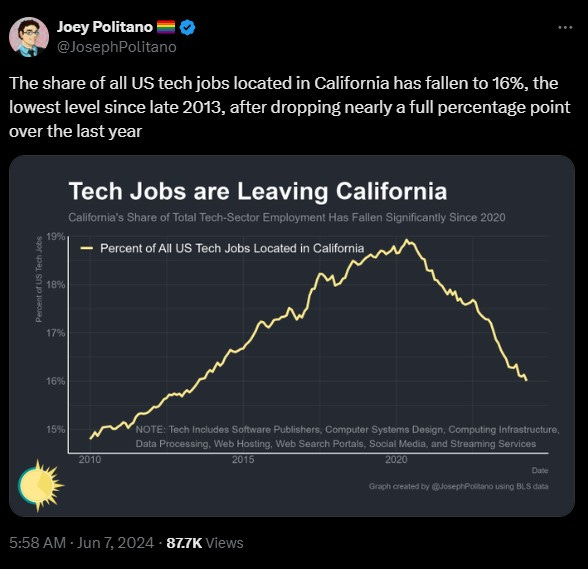

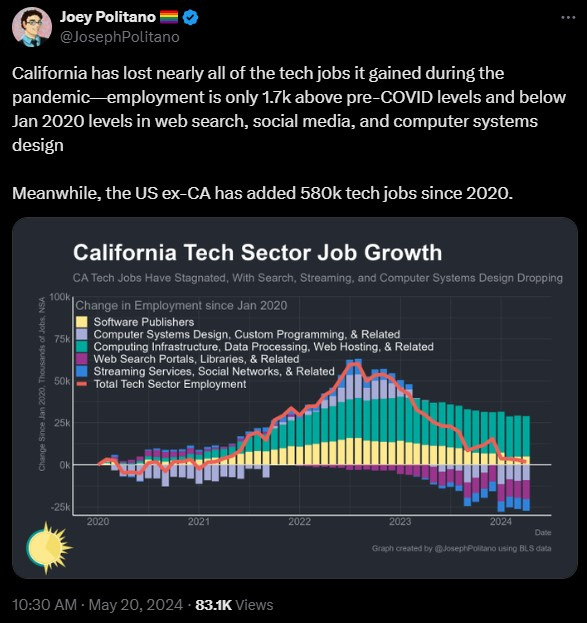


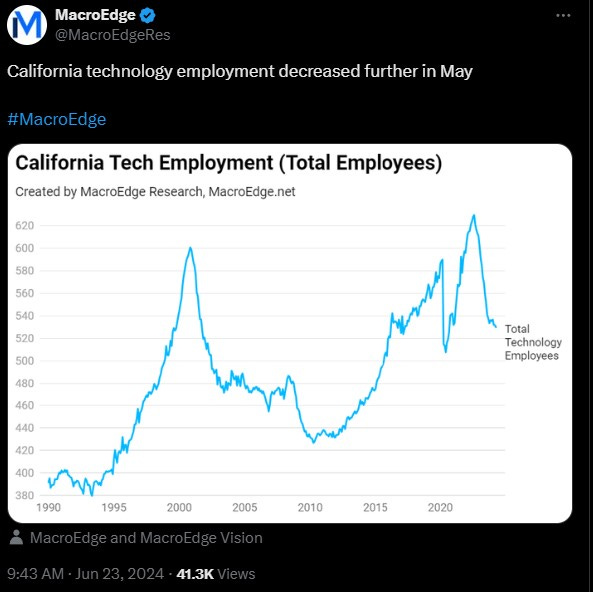

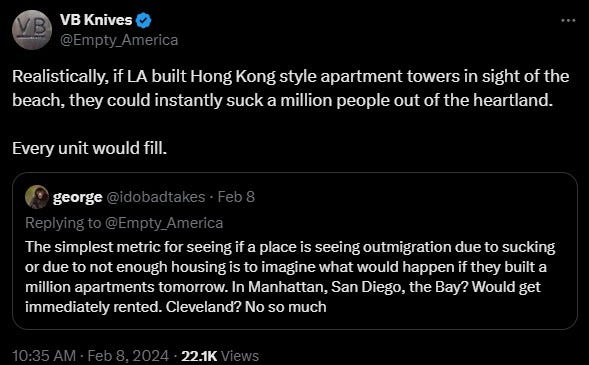
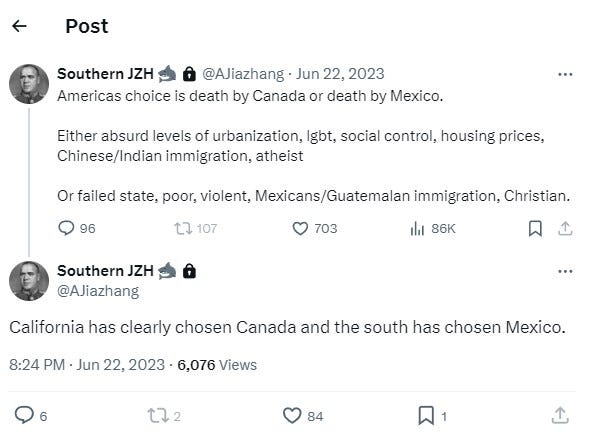

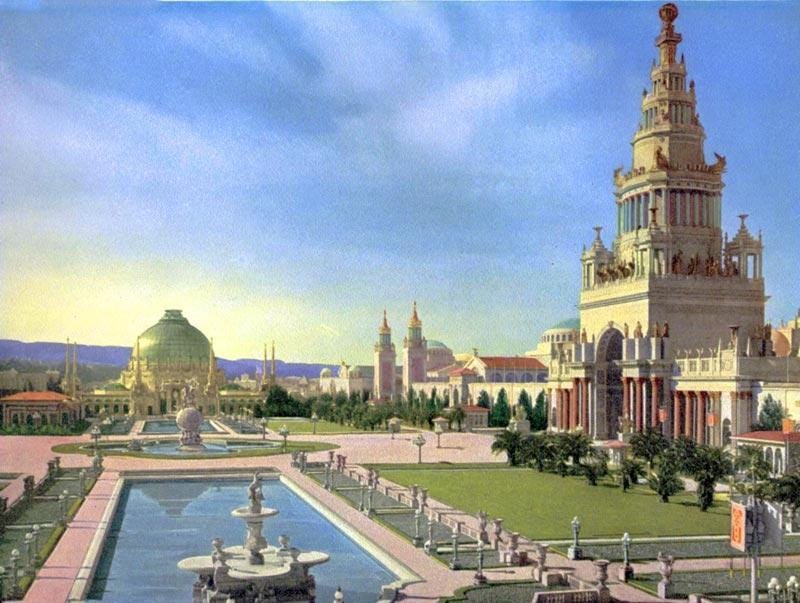
Whites are screwed culturally, demographically, politically, no matter what scenario ensues. The last thing we need are more Chinese or Indians of any kind! The future outside wealthy enclaves is Lake or Humboldt Counties; Stagnation, poverty, decline.
New Mexico is not very instructive in this case, as the extremely low population density prevents the kind of mixing/ethnic conflict found in a place like California. The native population is small and largely confined to reservations, and notably absent are any large numbers of other groups (black) as in California. The one place where any of this mixing does occur is Albuquerque, which is a notable basket case.